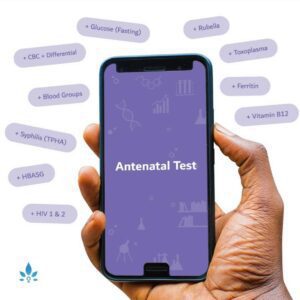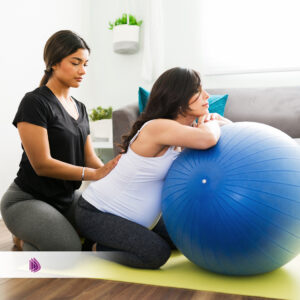Do Children With Autism Need a Special Vest?


One of the possible symptoms of autism spectrum disorder is an unusual sensitivity to external sensory factors such as sound, smell, taste, and/or touch. Some children with autism react unusually to these types of sensory inputs. They may be over-sensitive, so smells, sights and sounds can feel like an attack. These children may try to avoid these uncomfortable sensory experiences by covering their ears or refusing to eat certain foods. Other children with autism may have reduced sensitivity and seek out heightened sensory experiences, such as firm touch or frequent smelling of objects.
Children with attention-deficit hyperactivity disorder (ADHD) don’t usually have the same issues with sensory factors but instead have persistent difficulty with inattention and or hyperactivity and impulsivity. Dr. Jean Ayres, an occupational therapist, proposed that children with ADHD are unable to organize and effectively use sensory information.
To possibly assist these children, exercises and experiences are sometimes recommended, such as deep skin pressure or wearing a specialized vest that is designed to reduce sensory input or help children focus.
There are two types of vests: weighted and compression. They both look like ordinary vests; however, the weighted one has weights totaling between 5-10 percent of the child’s body weight placed evenly around the garment, while the compression vest is made from lightweight neoprene and fits tightly around the child’s torso. The vests are carefully measured and are designed to be worn for limited periods of time. Compression vests are typically viewed as more flexible and less damaging to the joints, compared to weighted ones. The vests should not be worn in extremely high temperatures because they can cause a child to overheat.
Although some parents and professionals report that children seem calmer and more attentive when wearing a specialized vest, current research indicates that these vests are an ineffective treatment for autism or ADHD. Parents are encouraged to prioritize their child’s needs and to consult with their pediatrician to obtain any necessary therapies to help with specific developmental difficulties.
Sources:
- Autism Speaks
- Sensory Integration: Changing the Brain Through Play.
Cincinnati Children’s Hospital Medical Center - Use of a Weighted or Pressure Device to Modify Behavior in Children With a Sensory Processing Disorder.
Journal of Autism and Developmental Disorders - The Use of Weighted Vests With Children With Autism Spectrum Disorders and Other Disabilities.
The University of Oklahoma Health Sciences Center - Compression Vest Use: A Survey of Occupational Therapists.
Powered by Bundoo®













































